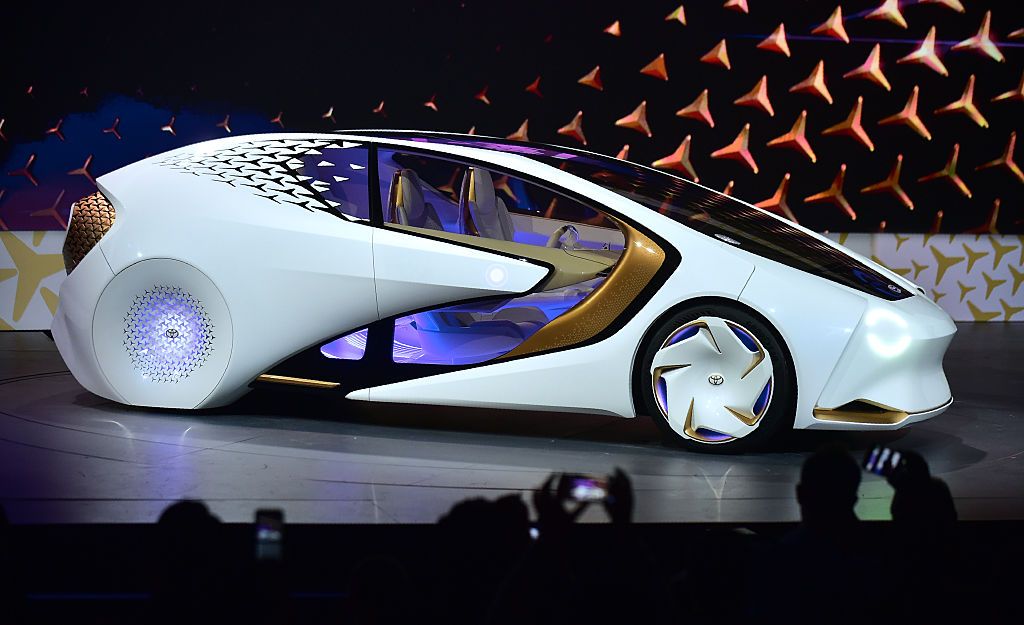The Packard Motor Car Company created its final redesign for the 1951 model year. (Late-1950s Packards based on Studebaker bodies were basically a form of facelift.)
Using the same basic body, Packard introduced three models. At the top of the price-prestige ladder was the Patrician or 400. The next rung down was the 300, and the entry-level Packard was called the 200.
This post compares styling for the 200 and 300 lines.
The 200 was smaller than the other '51 Packards, having a wheelbase of 122 inches (3099 mm) as opposed to 127 inches (3226 mm). It has a less-powerful inline eight cylinder motor. There also were some noticeable styling cues that set 200s apart, and these are dealt with below.
1951 Packards were handsome cars in an brassy American 1950s sort of way. The grille of this 200 is simpler than those of 300s and 400s. This car and others shown below feature rear wheel spats covering part of the wheel openings, but Packards could be ordered without this detail.
Side view. Uncluttered styling, though abaft of the B-pillar it seems a bit heavy and lumpy -- some other cars of that vintage also suffered the same problem. Deleting the rear wheel spats would lighten the appearance a little.
Some 200s were two-door models such as this Club Sedan.
Rear three-quarter view from a "for sale" photo. The most distinguishing feature of the 200 was its conventional backlight (rear window) and the thick C-pillars. Tail light assemblies are simpler than those on larger Packards.
Now for images of Packard 300s. The grille includes "teeth" not found on 200s.
This 300 features the Packard cormorant hood mascot -- 200s had a simpler mascot.
Besides being longer, Packard 300s has slightly different sheet metal at the aft ends of the rear fenders along with a chrome strip not seen on 200s. Rear fenders also lacked the sculpting found on 200s.
Here are two publicity photos from the same shoot: note the background and the model in both.
This high rear three-quarter view shows the differing tail light assembly. But the most important difference is the three-piece wraparound backlight, a design found on many circa-1950 hardtops and on some sedans. I wrote about this feature here and here. Its effect on the styling of 300 and 400 series Packards was to give the cars a noticeably lighter appearance than that shown above for the 200 model.
The Packard Motor Car Company created its final redesign for the 1951 model year. (Late-1950s Packards based on Studebaker bodies were basically a form of facelift.)
Using the same basic body, Packard introduced three models. At the top of the price-prestige ladder was the Patrician or 400. The next rung down was the 300, and the entry-level Packard was called the 200.
This post compares styling for the 200 and 300 lines.
The 200 was smaller than the other '51 Packards, having a wheelbase of 122 inches (3099 mm) as opposed to 127 inches (3226 mm). It has a less-powerful inline eight cylinder motor. There also were some noticeable styling cues that set 200s apart, and these are dealt with below.
1951 Packards were handsome cars in an brassy American 1950s sort of way. The grille of this 200 is simpler than those of 300s and 400s. This car and others shown below feature rear wheel spats covering part of the wheel openings, but Packards could be ordered without this detail.
Side view. Uncluttered styling, though abaft of the B-pillar it seems a bit heavy and lumpy -- some other cars of that vintage also suffered the same problem. Deleting the rear wheel spats would lighten the appearance a little.
Some 200s were two-door models such as this Club Sedan.
Rear three-quarter view from a "for sale" photo. The most distinguishing feature of the 200 was its conventional backlight (rear window) and the thick C-pillars. Tail light assemblies are simpler than those on larger Packards.
Now for images of Packard 300s. The grille includes "teeth" not found on 200s.
This 300 features the Packard cormorant hood mascot -- 200s had a simpler mascot.
Besides being longer, Packard 300s has slightly different sheet metal at the aft ends of the rear fenders along with a chrome strip not seen on 200s. Rear fenders also lacked the sculpting found on 200s.
Here are two publicity photos from the same shoot: note the background and the model in both.
This high rear three-quarter view shows the differing tail light assembly. But the most important difference is the three-piece wraparound backlight, a design found on many circa-1950 hardtops and on some sedans. I wrote about this feature here and here. Its effect on the styling of 300 and 400 series Packards was to give the cars a noticeably lighter appearance than that shown above for the 200 model.





















EmoticonEmoticon